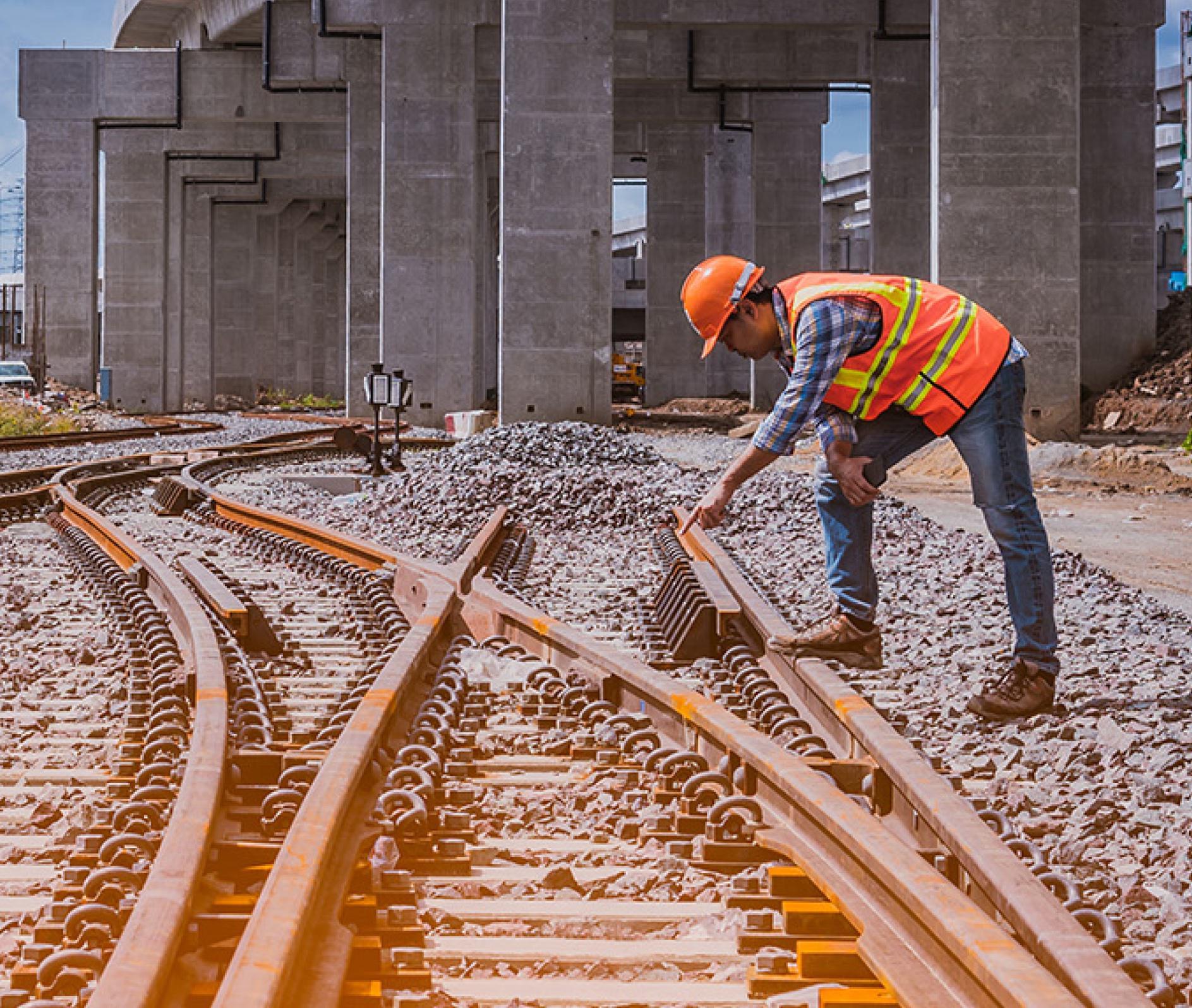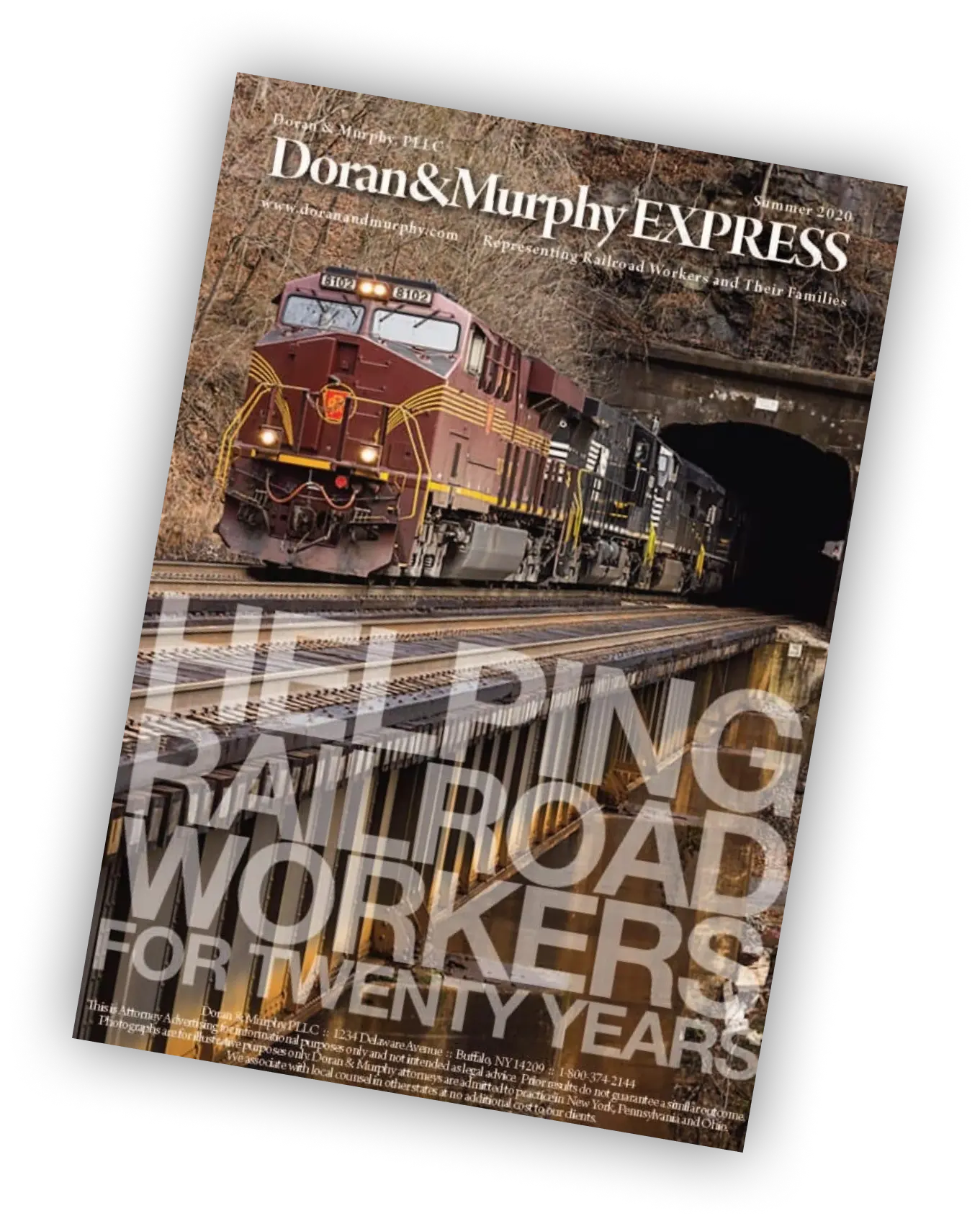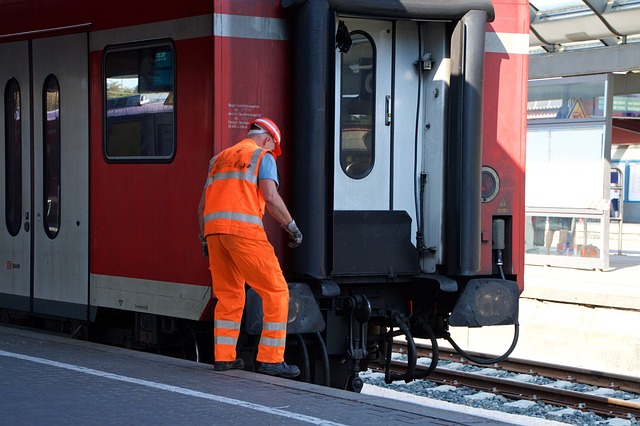
The Occupational Safety and Health Administration (OSHA) is a federal agency in the United States that is responsible for ensuring safe and healthy working conditions for workers. As part of its authority, OSHA has established rules and guidelines that set the minimum requirements for workplace safety and health in the United States. Railroad safety, however, is governed by a different governmental agency known as the Federal Railroad Administration (FRA). Similar to OSHA, the FRA has issued certain regulations that promote the safety of railroads and railroad employees. These include standards for track maintenance, locomotive and car maintenance, and train operations. If a railroad employer is in violation of those standards, and a worker is injured as a result, they can be held strictly liable for the damages associated with that injury under the Federal Employers’ Liability Act (FELA). But that doesn’t mean that railroads do not have to comply with OSHA regulations in all circumstances. Instead, OSHA’s jurisdiction extends certain aspects of railroad operations that are not specifically regulated by the FRA.
In what circumstances do OSHA regulations apply to a railroad workplace?
Although the FRA has regulatory authority over railroad safety, it has opted not to issue regulations for certain railroad operations. This is the case for many work activities inside railroad repair shops and maintenance facilities. If the FRA has not issued written standards, or otherwise exercised its authority over a particular work activity, a related OSHA standard will, in most cases, be applicable and enforceable. For example, OSHA regulation 1910.25(b)(3) requires that stairs in work facilities must have uniform riser heights and tread depths between landings. The FRA has no similar requirement. In this scenario, the OSHA regulation would be enforceable. Thus, safety and health conditions occurring within the railroad work environment will almost always (with some exceptions) be governed by either FRA or OSHA, depending upon which agency has exercised authority to regulate such condition(s).
How does a violation of an OSHA regulation affect a FELA claim?
It is well-settled that a FELA claim requires proof that a railroad’s negligence caused or contributed to a worker’s injury. That burden is automatically satisfied when a violation of an FRA regulation causes an injury. This is known as negligence per se. Unlike a violation of an FRA regulation, most courts have held that a violation of an OSHA regulation does not automatically trigger negligence per se. Instead, a violation of an OSHA regulation can be admitted as evidence of the railroad’s negligence. This can still be a powerful tool in a FELA claim and can have a significant impact on the outcome of a case. This is why it is important to consult an experienced railroad attorney who can identify these legal nuances if you are injured on the job. Contact us today to learn more. Our consultations are always free.





